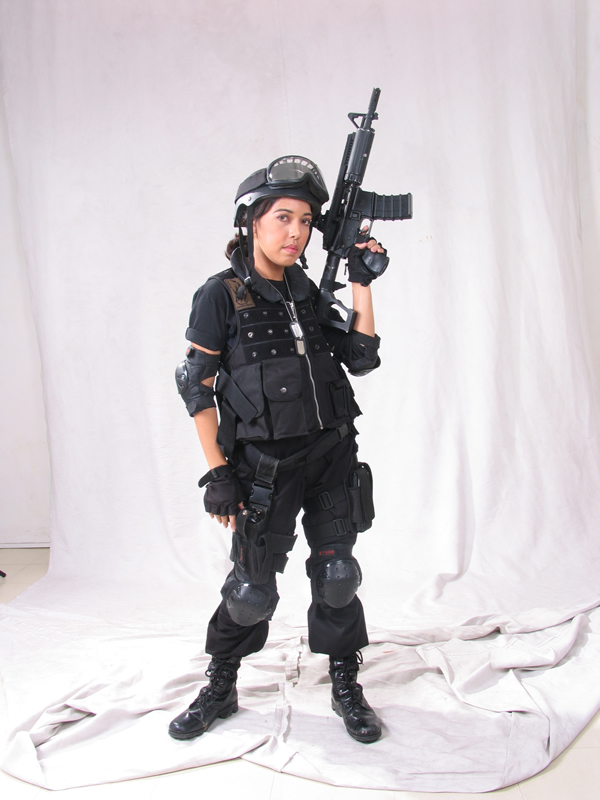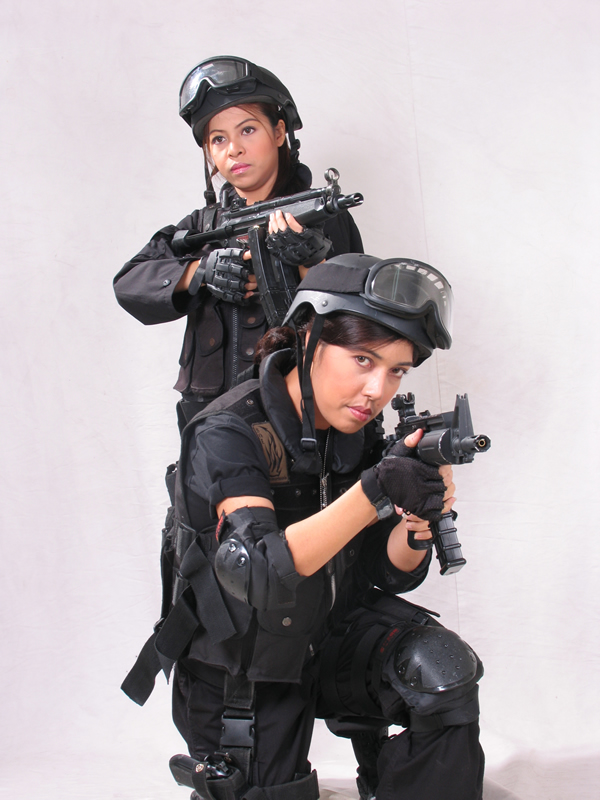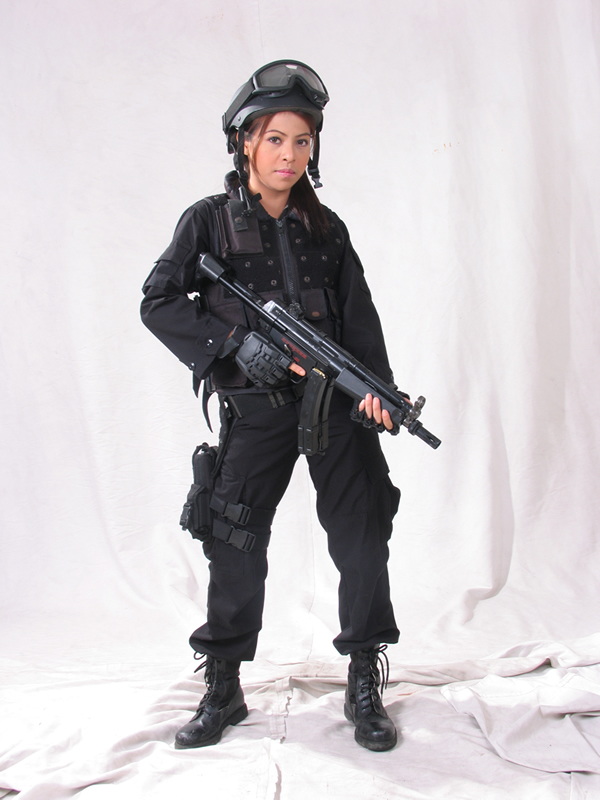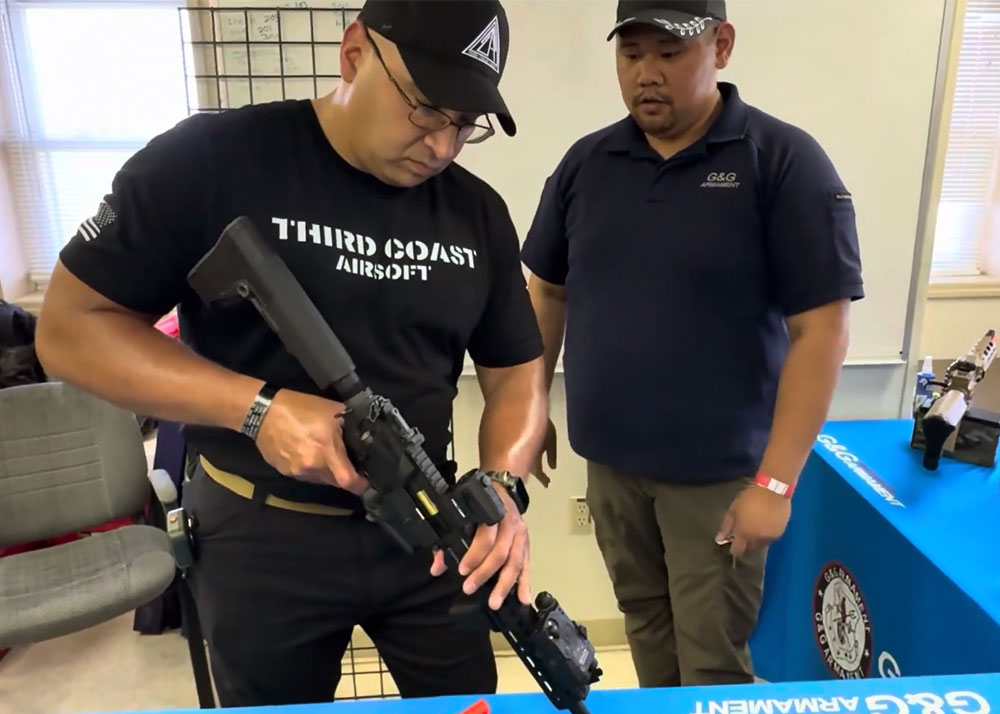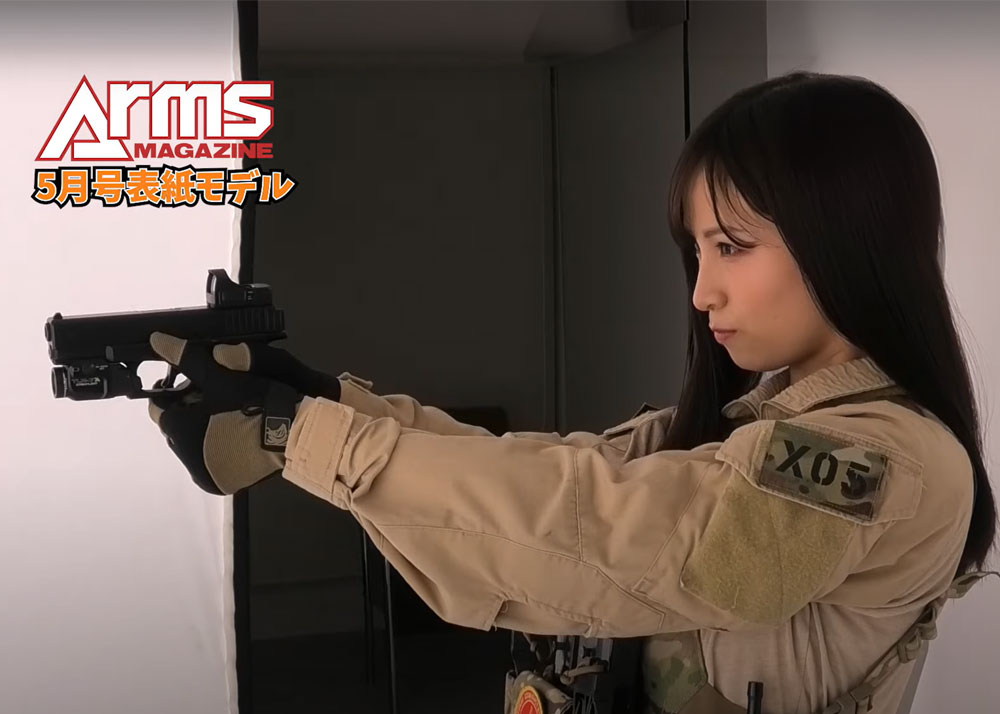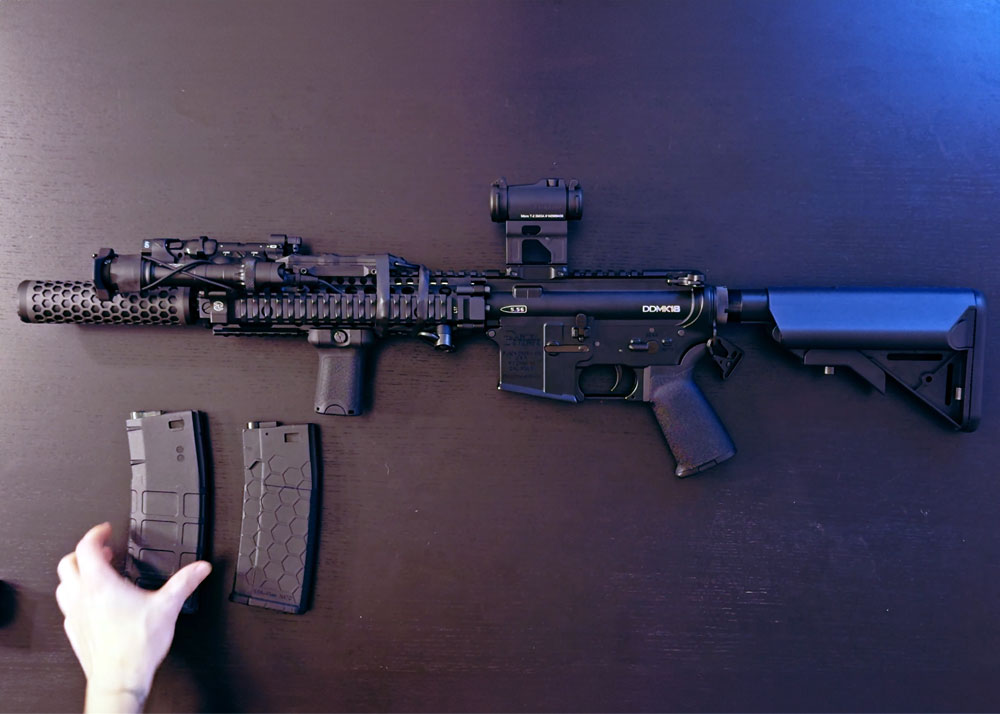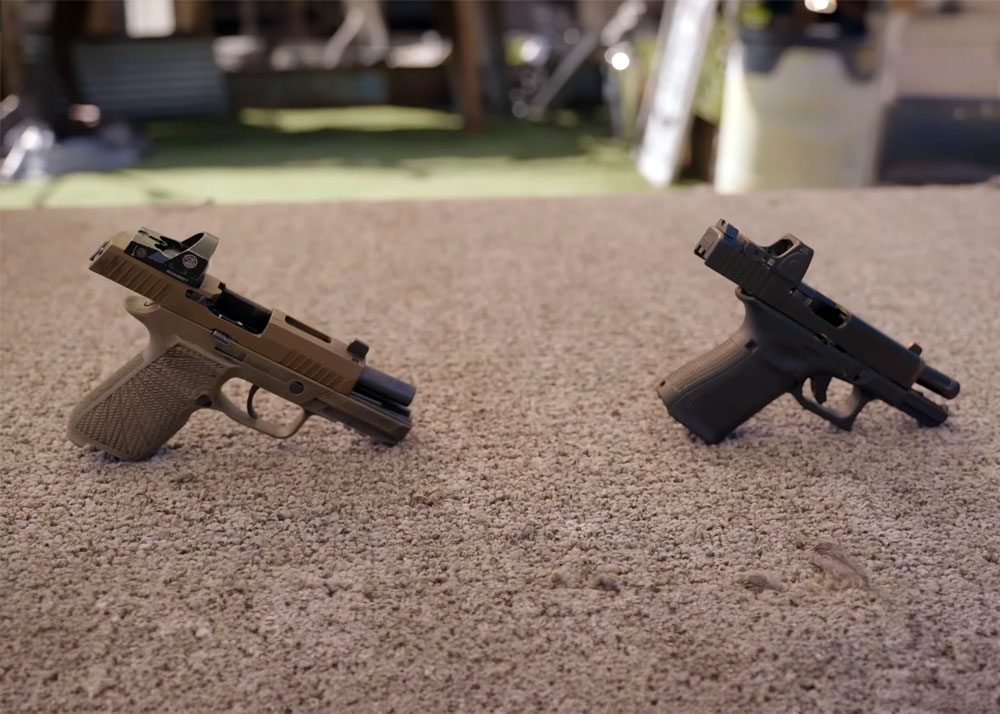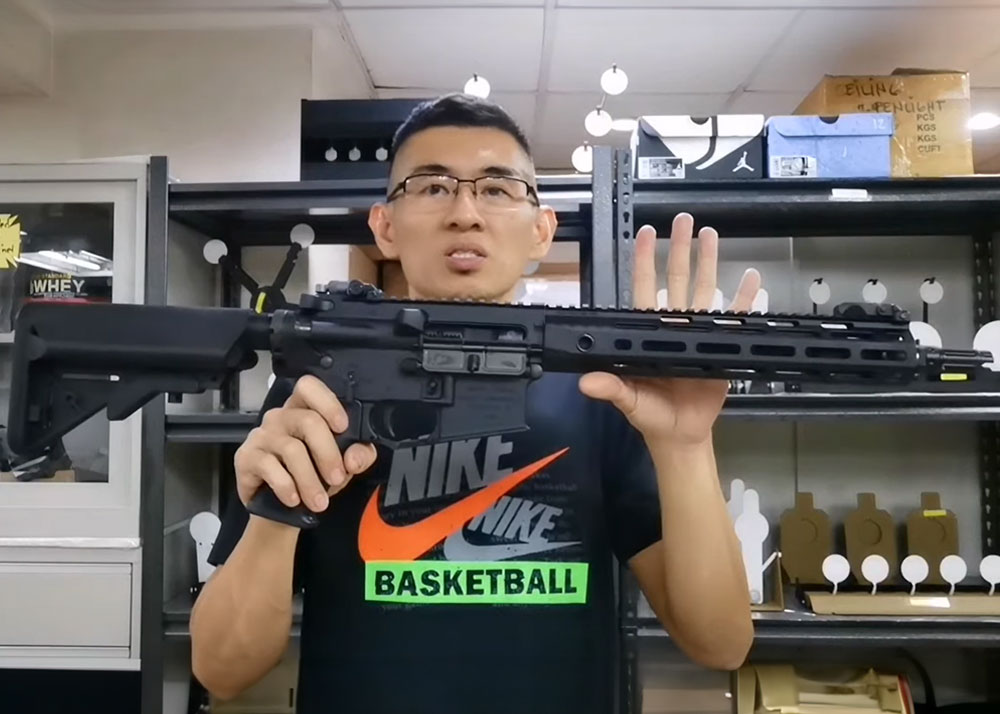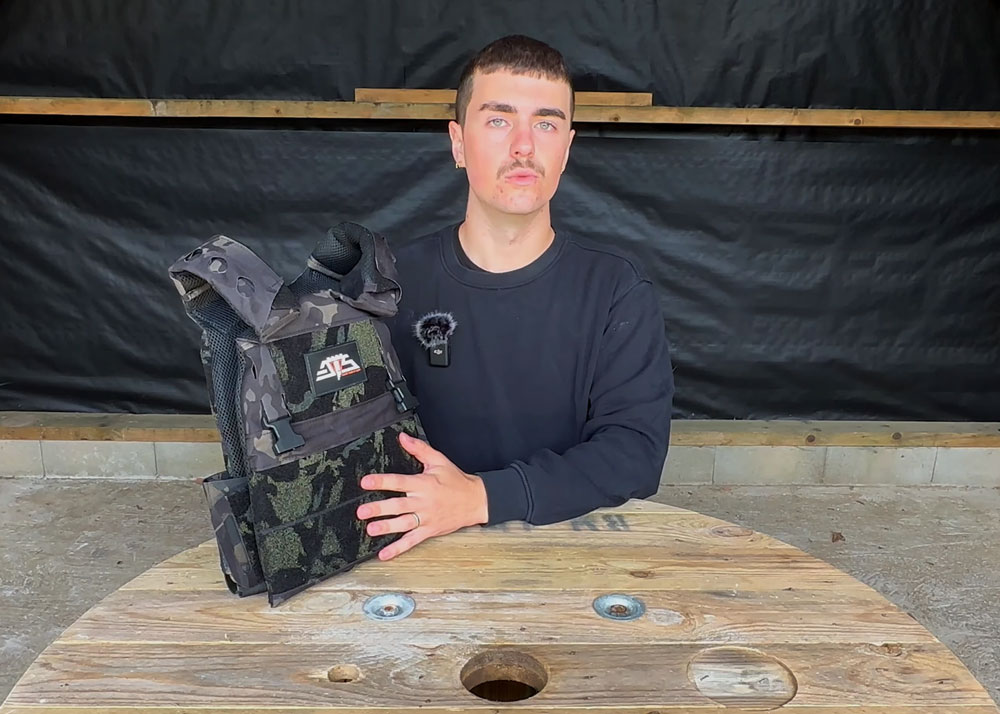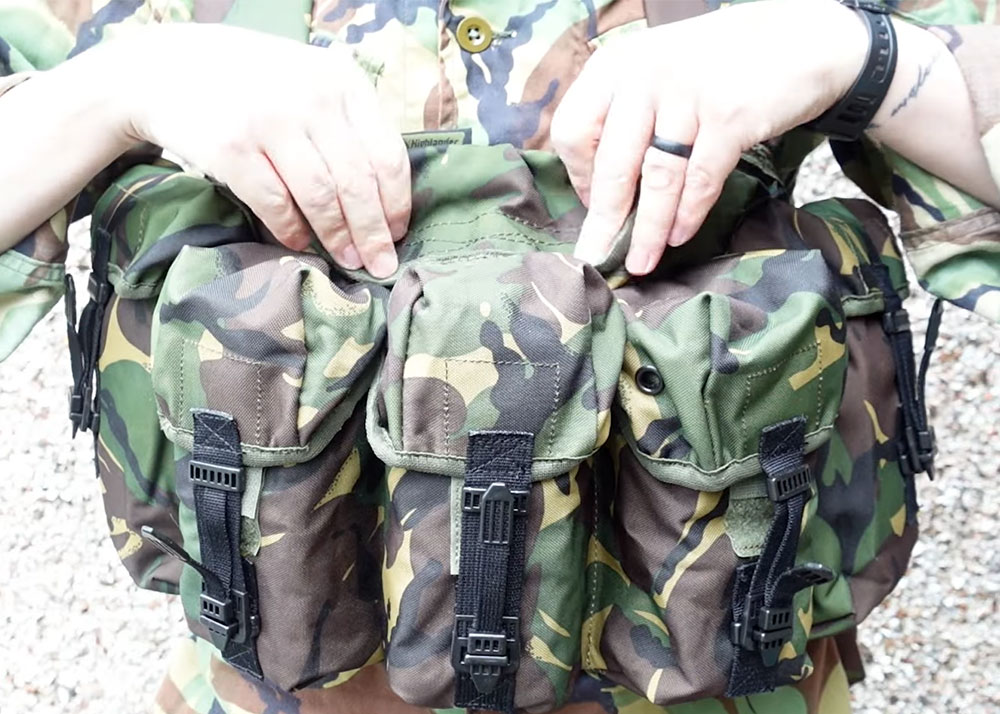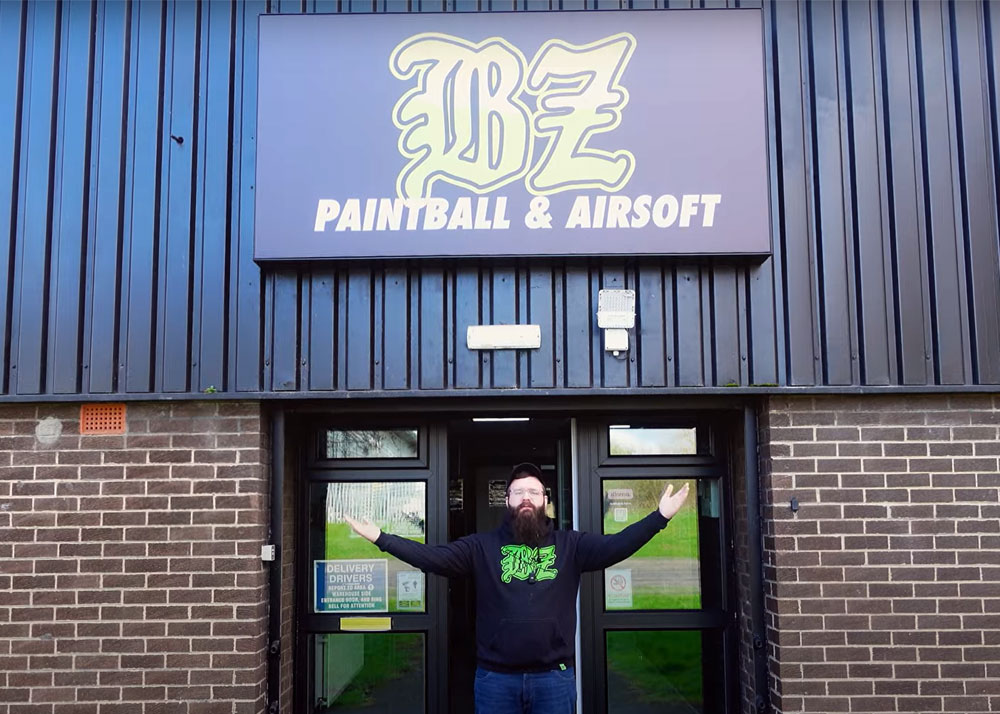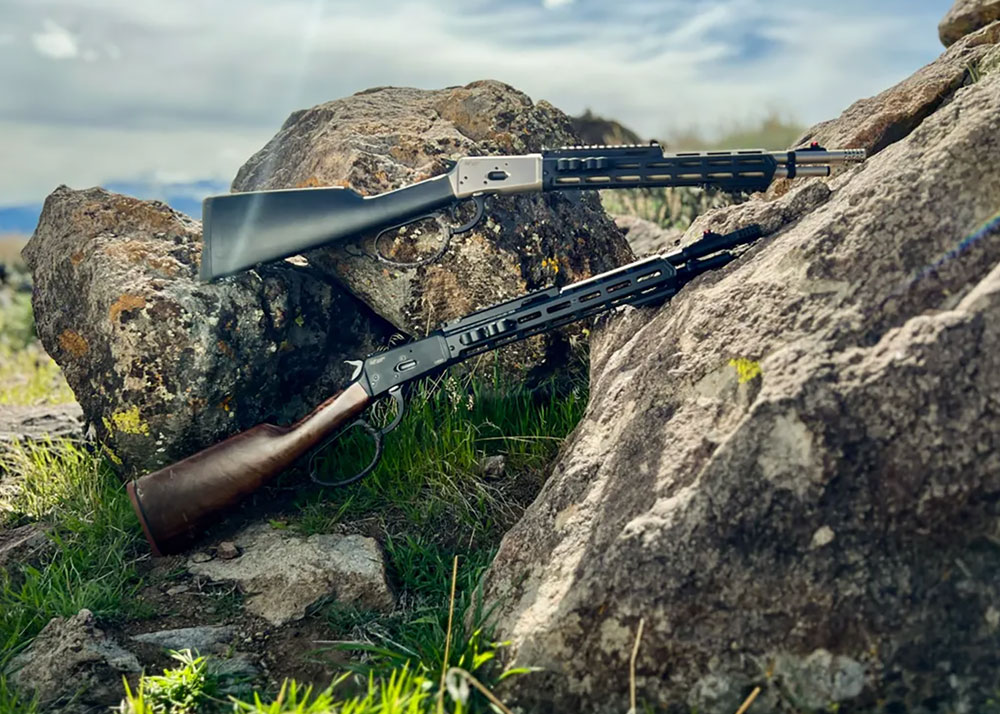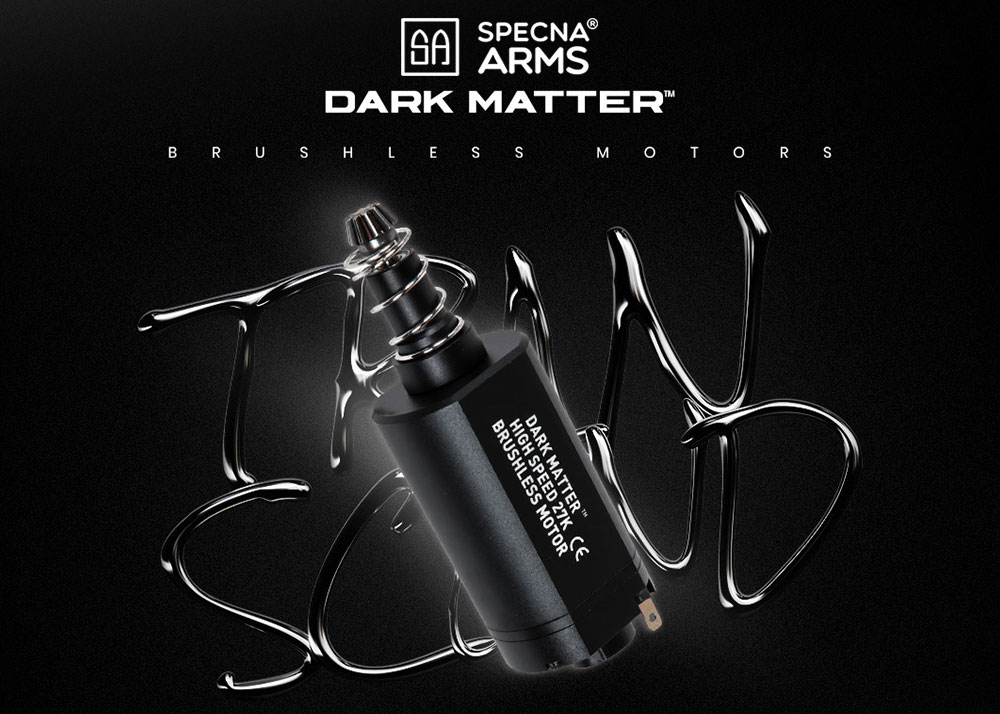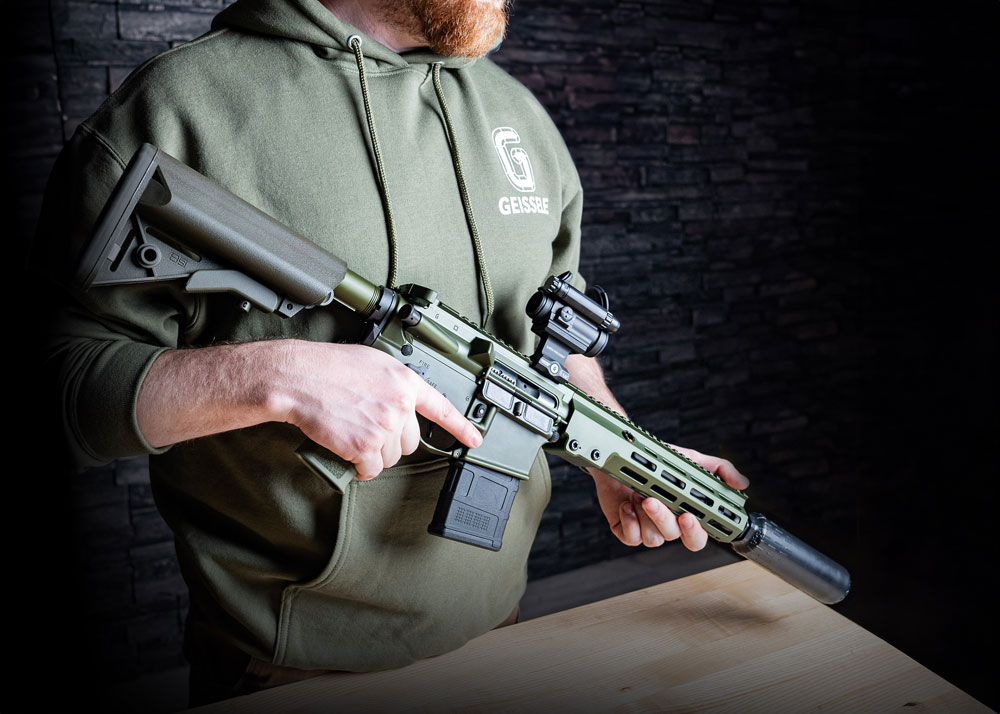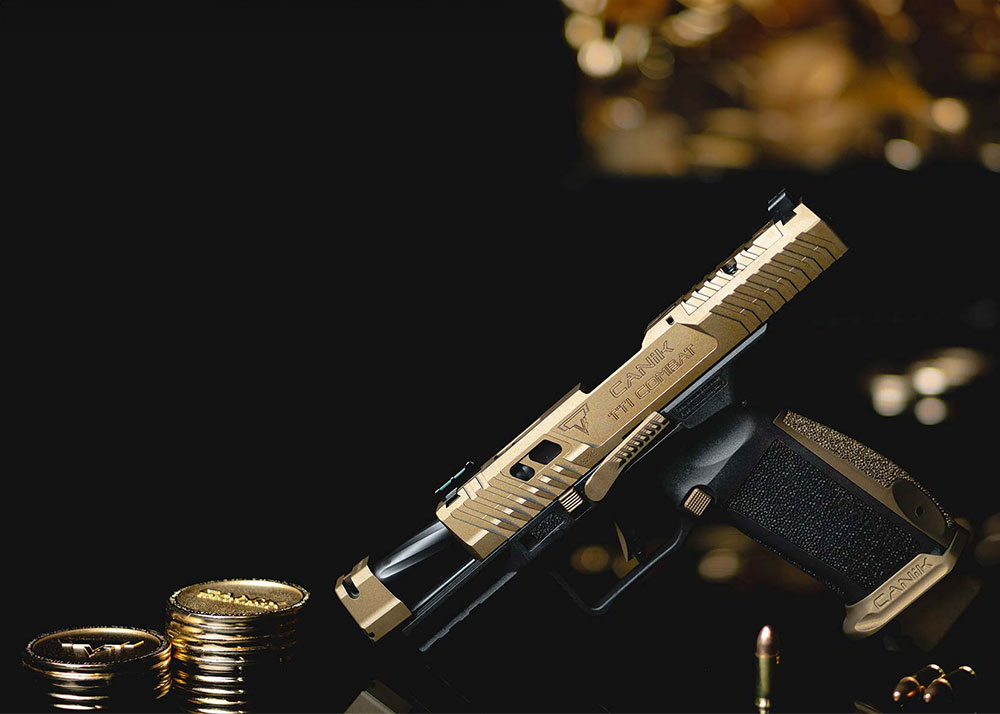Once You Go Black, You Never Go Back!
Brahma
07 Jul 2008
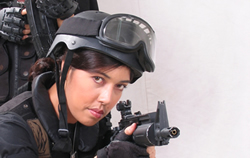
Most people identify a police operative, SWAT or SAF in particular, by the distinguishable all-black uniform. When we think CQB or CQC, we think black. But police operations do not have a monopoly in using black uniforms. Special Forces and Navy SEALS often use black, especially in clandestine missions. In most airsoft arenas, we see players donning the ever-popular SWAT get-up even in “jungle” terrains, and I have yet to see some members of Teams Zero and Atlas wear otherwise.
So, what is so special about wearing black uniforms, despite some misgivings about their “effectiveness” in providing stealth and concealment to the wearers in CQB scenarios and night ops, not to mention that it’s usually hot and uncomfortable to wear?
A little bit of history . . .
Well, let me digress a little and talk about uniforms - the police uniform in particular. The crisp uniform of the police or military conveys power and authority. When they put on the uniform, they are perceived in a very different way by the public. They are viewed as embodying an individual’s stereotypes about all police and military officers. Research has suggested that clothing has a powerful impact on how people are perceived, and this goes especially for law enforcers and the military.
The uniform of a police officer, particularly, has been found to have a profound psychological impact on those who view it, and some research even noted that even the slightest alterations to the style of the uniform will change how citizens will perceive the officer.
he police uniform is a tradition as old as the field of law enforcement itself. In 1829 the first modern police force - the London Metropolitan Police, developed the first standard police apparel. These first police officers, the famous "Bobbies" of London, were issued a dark blue, paramilitary-style uniform. Blue was chosen to distinguish the police from the British military who wore red and white uniforms at the time. The first official police force in the United States was established in the city of New York in 1845. Based on the London police, the New York City Police Department adopted the dark blue uniform in 1853. Other cities in the US quickly followed suit by establishing police departments based on the London model, including the adoption of the dark blue, paramilitary-style uniform.
In the Philippines, the first official civilian police force was established in 1901 by virtue of Organic Act No. 175, titled "An Act Providing for the Organization and Government of an Insular Constabulary and for the Inspection of the Municipal Police". Oddly though, our insular police force, as they were referred to at the time, adopted khaki as the official color of their uniform but retained the paramilitary-style being used in the U.S. and Europe.
To this day, the majority of police uniforms continue to have a paramilitary appearance and are generally of a dark color. Darker colors may have been preferred for their case in cleaning and their ability to help conceal the wearer in tactical situations. Dark colors help cover up stains and keep the officer from being easily spotted by lawbreakers, especially at night. However, why do most police agencies insist on dressing patrol officers in uniforms? Is this simply because of tradition? Is it only for the ease of identification by citizens? Maybe it is because the uniform actually psychologically influences how officers are perceived by the public.
Changes in the uniform style . . .
In 1969, the police in Menlo Park, California dispensed with their traditional navy blue, paramilitary-style uniforms and experimented on a non-traditional uniform in hopes of improving police community relations. The new uniform consisted of a forest green sport coat blazer worn over black slacks, a white shirt, and a black tie. The officer’s badge was displayed on the blazer and the officer’s weapons were concealed under the coat.
In 1977, after wearing the blazer style uniform for 8 years, the Menlo Park Police Department realized that the sport coat uniform did not command respect and returned to a traditional, paramilitary-style uniform. A final evaluation showed that although assaults on officers had dropped during the first 18 months of wearing the new uniforms, the number of assaults steadily began to rise again until the rate was double that of the year before the uniform change occurred. During the four years after the Menlo Park police returned to a traditional style uniform the number of assaults against their officers dropped steadily. The experiments with the hats and the style of the police uniform suggest that changes in the style of a police uniform can have an effect on the perceived authority, power, and ability to control. What about the color of the police uniform? Does the color of the uniform psychologically influence the people who view it? Does the color have an influence on the officer who is wearing the uniform?
The influences of color . . .
The majority of police uniforms today are produced in darker colors such as black, blue, brown, green, and grey. Just as with the style of the police uniform, the color of the police uniform has meaning. Psychological tests have found that people associate colors with specific moods. For example, red is generally associated with excitement and stimulation, thus explaining why it is often a color in flashing emergency vehicle lights. These tests have also found that blue is associated with feelings of security and comfort, and black is most often associated with power and strength. Studies revealed that students perceived light colors such as white and yellow as weak, but also good and active. The same students perceived dark colors such as black and brown as strong and passive, but also as bad.
Even people in Europe, Western Asia, Central Africa, and the Middle East had similar perceptions of colors. Across all cultures that have been studied, light colors are consistently associated with goodness and weakness, while dark colors are consistently perceived as strong but evil. On psychological inventories, test subjects rate lighter colors as more pleasant and less dominant. Dark colors on the other hand elicit emotions of anger, hostility, dominance, and aggression.
Color has a considerable impact on clothing and perceptions of the wearer. Clothing color was found as the most common determinant when people rated pictures of models for attractiveness. Job applicants wearing dark business suits were perceived as more powerful and competent than those who wore lighter suits. Another interesting study found that referees who viewed several videotaped plays of a football game were more likely to assess stiffer penalties against a football team wearing a black uniform than a team wearing a brightly colored uniform. The referees consistently perceived the team in black as more aggressive. This experiment was supported by an analysis of all professional football and hockey teams in the U.S. which found that teams who wore dark colored uniforms were assessed far more penalties for roughness than teams who wore lighter uniforms. Again these results suggest that teams in darker uniforms were perceived negatively by the referees.
Experiments have also suggested that athletes tend to act more aggressively when dressed in dark colors. College students were dressed in black jerseys and grouped into teams of five. They were then asked to rank in order which sports they would most likely to play. The students consistently ranked the most aggressive sports, such as football and rugby, at the top of the list. The experiment was then repeated with a new group of students in white jerseys. This time the students selected less aggressive sports, such as baseball or basketball.
If the results of these studies in color were applied to airsoft, it would seem to suggest that players wearing black uniforms may be perceived as aggressive in their playing styles, attitudes or demeanors. The experiment with the colored jerseys also suggests that players in black uniforms may be subconsciously influenced to act more aggressively.
In addition to the color, the condition of a player's uniform and equipment can also have an impact on others perception of him. A dirty or wrinkled uniform or a badly worn gears and equipment may convey a message of complacent attitude, hence may reflect on his perceived play style.
So…
Clothing, especially a black (or dark-colored) uniform, has been found to have a powerful psychological impact on those who view it. A player’s choice of uniform is a powerful clue as to his authority, capabilities, and status.
The selection of a uniform style, regulations on the proper wear of the uniform and how well uniforms are maintained should all be taken very seriously. An airsofter’s uniform should be considered an important tool to convey his capabilities and play style.
Reprinted from the Popular Airsoft Magazine Volume 1 Issue 1, March 2008. All Rights Reserved.

